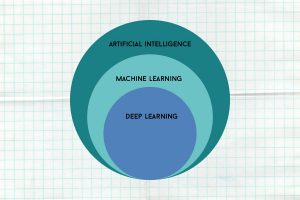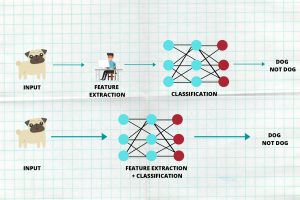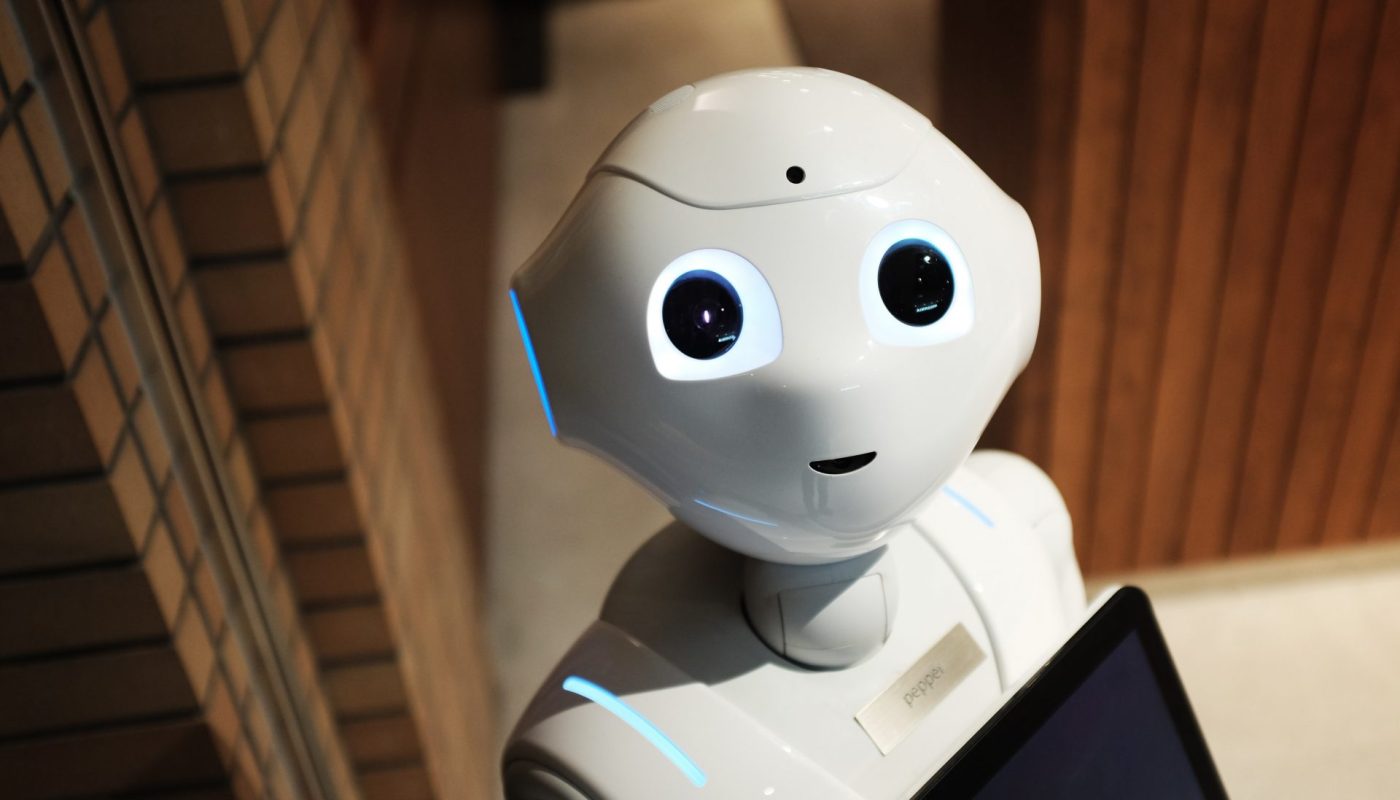A non-engineering beginner guide to the world of Deep Learning
If you are frequently asking yourself why your smartphone can recognize the people in your photos or classify pictures to create albums, you are in the right place. In this blog, I will try to explore and guide you through the world of Artificial Intelligent (AI) and more precisely in the Deep Learning area. Since almost every industry will be affected by these technologies, it is crucial to understand them and learn how they will impact your business and your life. Although I do not have any degree in engineering and I am neither a developer nor an IT technician, I strongly believe that everyone should have basic knowledge of AI, Machine Learning and Deep Learning. This is the reason why I am writing this blog. But hey, slow down and wait a moment: what is the meaning of all these terms?!
What are AI, Machine Learning and Deep Learning?
First of all, it is important to know how these three are related: Artificial Intelligence includes the subcategory of Machine Learning that includes the subcategory of Deep Learning.

ARTIFICIAL INTELLIGENCE: it is the ability of a machine to perform tasks that usually require human intelligence (e.g. translation). It is divided into Weak AI (designed to focus on a specific narrow task, such as recommending Netflix movies) and Strong AI (capable of any cognitive function, such as performing games).
MACHINE LEARNING: according to the definition of Professor Pedro Domingos of the University of Washington, Machine Learning algorithms can figure out how to perform important tasks by generalizing from examples. Just as human beings, systems can learn and improve from their experiences. How does it work? Machines solve problems by taking data and transforming them into outputs thanks to a set of self-created rules. It is different from traditional programming because computers are not programmed to do a specific task, but instead, they can define rules and learn their behaviors. Of course, to achieve this goal, machines need to be fed with an enormous amount of data and be supported by an expert during the feature extraction phase. This means the expert must identify in advance the applied features to form categories of classification (feature extraction), to make patterns more visible for the machine.
DEEP LEARNING: it is called “Deep Learning” because rules are elaborated through different successive layers (hidden layers). It is similar to machine learning, but a few steps further: in this case, the feature extraction task is taken over by the machine itself. Ok, now it is time for an example. Let’s suppose that you want your machine to classify and recognize pictures of dogs. First of all, you need to feed the machine with a set of dog images (input). The machine, through its multilevel structure, will identify the features of the category “dog” (feature extraction) and will tell you which pictures include dogs and which not. To do so, providing a definition of what a dog is and what its characteristics are, it is not necessary. The machine will elaborate its own rules to identify common patterns for dogs.

But why is Deep Learning one of the hottest topics of 2020?
According to the World Economic Forum, it is estimated that the world will produce around 44 Zettabytes by the end of 2020. Deep Learning might be the solution to manage this huge amount of data because:
- Can work with both structured and unstructured data;
- Can perform complex operations such as image classification or speech recognition;
- Requires no expert intervention to identify categories;
- The performance stays constant as the amount of data increases.
Well, for the moment I think you have enough new information about dogs and data. If I have raised your interest in the fascinating and mysterious world of AI and Deep Learning, stay tuned for the next blog post! We will talk about the similarities between the human brain and Deep Learning.
Photo by Alex Knight on Unsplash
References: Why Deep Learning over traditional Machine Learning?, A 2019 Beginner’s Guide to Deep Learning: Part 1, Deep Learning Tutorial




Thanks Margherita for explaining this topic from a “normal” persons’ perspective. Looking forward to what is up next on your blog!
Thanks Katharina!
I’m glad you liked it. I believe nowadays everyone should have a basic knowledge of the subject.
See you soon in the next blog post!
What an interesting and important topic. Thank you for describing and visualizing it in such a simple way. Looking forward to more dog examples 🙂
Hey Stella! Thanks for your comment! it’s such a huge and complex topic, I’ll try my best to describe it in a simple and direct way 🙂
Thank you Margherita for your explanation! It is very useful for teaching!
Thank you very much for your comment Elena. I am happy to hear that this beginner guide can be useful! 🙂